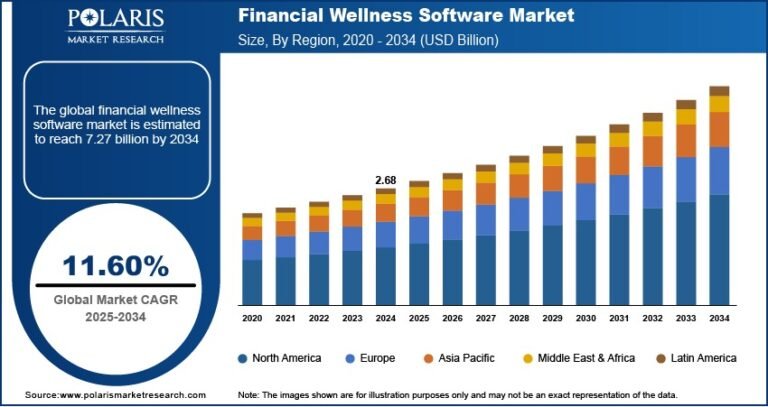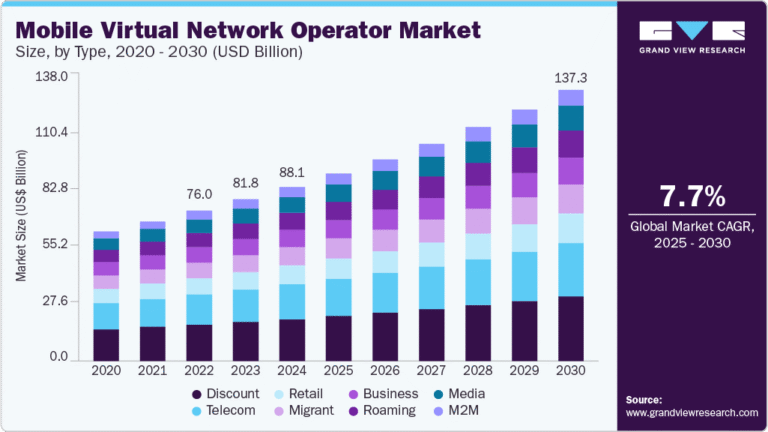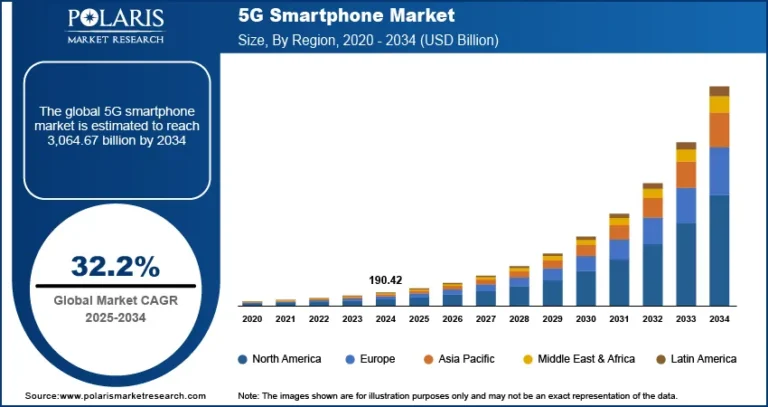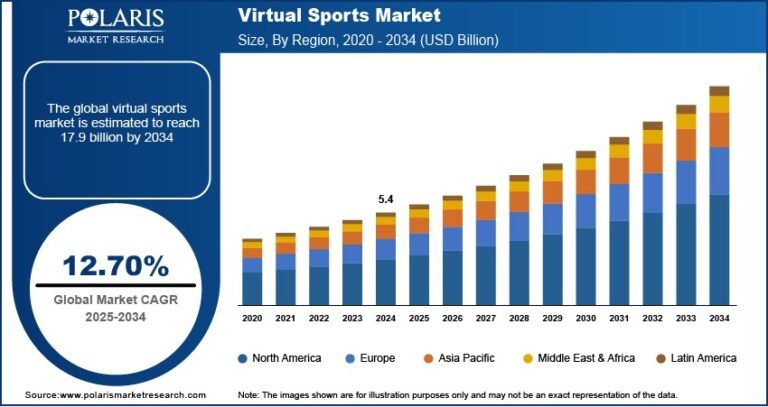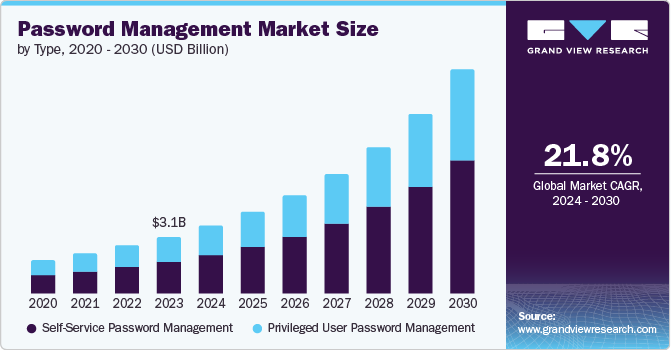Mobile Mapping Market Projected to Reach USD 154.30 Billion by 2034 | CAGR: 16.40%
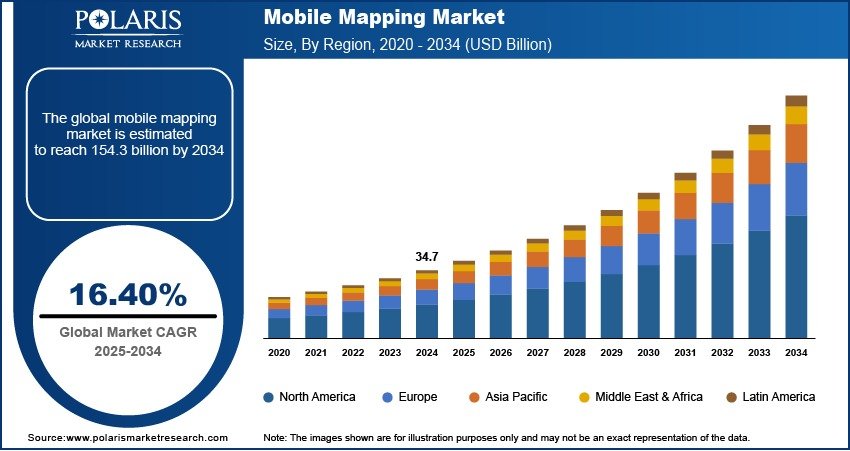
The global mobile mapping market was valued at USD 34.7 billion in 2024 and is projected to grow at a CAGR of 16.40% from 2025 to 2034. This growth is fueled by increasing demand across transportation, construction, and geospatial data applications.
Mobile Mapping Market – Market Trends
- Rising Demand for Real-Time Data: Industries like logistics, construction, and urban planning rely on real-time geospatial mapping.
- Integration with AI & IoT: Enhanced data analytics capabilities via AI and integration with IoT sensors for smart infrastructure.
- Adoption in Autonomous Vehicles: Mobile mapping plays a key role in navigation systems for autonomous and electric vehicles.
- 3D and Indoor Mapping Expansion: Growth in 3D urban modeling and indoor mapping solutions for commercial and public spaces.
Market Size & Forecast
Market size value in 2025 USD- 40.39 Billion
Revenue Forecast in 2034 USD – 154.30 Billion
CAGR – 16.40% from 2025 – 2034
Request for Free Sample:
https://www.polarismarketresearch.com/industry-analysis/mobile-mapping-market/request-for-sample
Industry Overview:
The mobile mapping market involves the use of advanced geospatial technologies to capture, process, and visualize spatial data using vehicles equipped with sensors such as LiDAR, GPS, cameras, and inertial measurement units (IMUs). These systems enable rapid and accurate 3D mapping of environments for applications in urban planning, transportation, construction, defense, utilities, and autonomous vehicle development. Mobile mapping offers significant advantages over traditional surveying methods by reducing time, cost, and human effort while delivering high-resolution, real-time geographic information. The industry is driven by advancements in AI, machine learning, and cloud computing that enhance data processing and integration. With growing demand for digital twins, smart city infrastructure, and location-based services, the mobile mapping market is experiencing robust global expansion.
Key Market Drivers & Barriers:
A major driver of the mobile mapping market is the increasing adoption of autonomous vehicles and advanced driver-assistance systems (ADAS), which rely heavily on high-precision maps for navigation and safety. Growth in smart city initiatives, infrastructure monitoring, and asset management also fuels demand across municipal and industrial sectors. Additionally, rising investments in geospatial analytics and the integration of mobile mapping with augmented reality (AR) and artificial intelligence (AI) are accelerating market growth. However, high equipment and deployment costs can limit access for small and medium-sized enterprises. Data privacy concerns, regulatory complexities regarding drone usage, and technical challenges related to data accuracy in dynamic environments pose additional barriers. Moreover, a shortage of skilled professionals to operate and interpret mobile mapping data hinders widespread adoption.
Market Opportunity:
The mobile mapping market presents significant opportunities in expanding beyond traditional sectors into emerging applications such as environmental monitoring, disaster response, precision agriculture, and immersive virtual experiences. The rise of edge computing and 5G connectivity enables faster data transmission and real-time processing, enhancing usability across industries. There is also growing potential in developing compact, cost-effective mobile mapping solutions tailored for UAVs, robots, and wearable devices. Emerging markets in Asia-Pacific, Latin America, and Africa offer untapped growth prospects due to rapid urbanization, government investments in digital infrastructure, and increased focus on land and resource management. As technological barriers diminish and demand for accurate spatial data rises, the mobile mapping industry is well-positioned for long-term innovation and expansion across both commercial and public domains.


